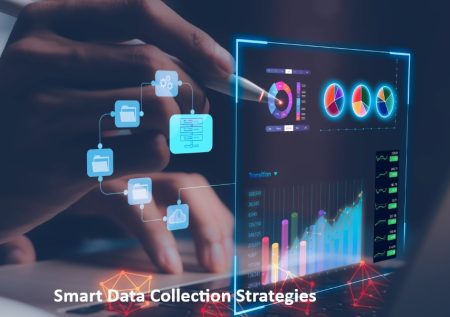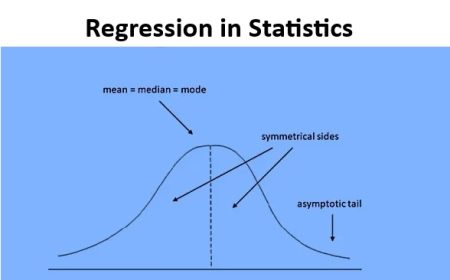The solar industry is experiencing a lot of challenges at present. For instance, there is a growing threat of Chinese-made solar panels coming to the U.S. market. Policy interventions must also be implemented to help the solar energy industry develop long-term resilience.
COVID-19 crisis
The global solar energy industries association has faced significant challenges from the COVID-19 (coronavirus) outbreak. Since the pandemic’s start, the industry has seen a decline in production and demand. However, the long-term potential of the clean-energy sector remains enormous.
During the past decade, the solar energy industry expanded by 48 percent. It represented 40% of all new electricity generation capacity in the U.S. In addition; it had become the fastest-growing industry in the country.
However, this rapid growth came with several challenges, such as a shortage of technology supply and a decrease in demand for exports. To counter these issues, companies had to move quickly to secure their supply chains.
In addition, the solar industry is facing a decrease in tax equity. As a result, it is requesting the federal government to provide a refundable investment tax credit. This would help reduce the cost of installing solar panels.
Another primary concern of the industry is the need for more financing opportunities. Companies will need access to such schemes to evaluate their hedging positions.
While the current state of hedging is partially transparent, future procurement strategies must be based on a thorough analysis of demand curve data. Despite these challenges, the clean-energy sector is one of the most important economic drivers in the United States.
Impact of Chinese-made Solar Panels on the U.S. Market
Chinese-made solar panels have affected the U.S. market since at least 2012. China is the world’s largest market for solar photovoltaic modules. It accounts for about 80% of the total installed capacity.
According to the Commerce Department, China has been subsidizing solar companies heavily. The subsidies ranged from 2.90 percent to 4.73 percent.
In addition to solar cell manufacturing, China’s government purchased polysilicon supplies. Polysilicon is the primary source material for solar panels. A Chinese factory is producing polysilicon from forced labor in Xinjiang province.
In 2012, the Commerce Department imposed anti-dumping duties on Chinese-made solar cells. This led to the investigation of solar panel imports.
After discovering Chinese subsidies, the Department of Commerce decided to investigate the solar panel trade. The investigation looked at eight companies.
It was discovered that Chinese manufacturers dumped solar panels into the U.S. market, despite receiving unfair subsidies. However, the findings did not stop the flood of cheap panels.
As a result, the U.S. customs and border protection officers will be instructed to slap tariffs on new Chinese-made solar panels coming into the U.S. (AD/CV duties vary from 23 to 35 percent).
While these new tariffs are unlikely to affect Chinese-made solar manufacturers, they may help reduce the cost of Chinese-made panels. Historically, taxes have not increased the domestic production of solar panels.
Policy Interventions to Help the Solar Energy Industry
Solar capacity is expected to increase in the coming decades. If California meets its 2045 renewable energy targets, solar could exceed 70 gigawatts. A significant share of this development will be built in the San Joaquin Valley. But transmission infrastructure will remain a considerable constraint on new solar products.
To build a resilient power grid, a mix of technical solutions must be tailored to a local power system. Solutions include decentralized technologies and resource diversity. They are also often a product of a collaborative effort.
Solar installations can provide critical grid support services, such as backup power for local fire stations or communication equipment. If an outage happens, these resources can reconnect with the grid when utility companies restore service.
Resilient P.V. is helpful for city building managers to prepare for disasters. It can reduce stress on the electric grid by allowing the solar installation to keep power flowing even during a prolonged outage.
For example, a local fire station can use a photovoltaic solar panel with a battery storage system to maintain communications while the utility company restores service. Another example is a residential roof-top solar panel that can detect a power outage and switches to an “islanded” mode.
Increasing solar development can contribute to the economic vitality of a community. It can also make a community as a whole more resilient to disasters.
Supply Chain Pressures for Wind and Solar Developers
In recent years, the solar and storage industries have experienced severe supply chain pressures. These include labor shortages, shipping restrictions, upstream supply chains, transportation backlogs, equipment parts shortages, and geopolitical issues.
Supply chain challenges have resulted in many solar and wind projects needing to be completed. The industry has also faced a significant jump in costs. As a result, many developers are in debt.
Another supply chain challenge is the need for more availability of transportation containers. This issue is not limited to the solar and storage industries. It is a global issue.
Solar and wind developers have also experienced difficulties shipping supplies overseas. They have also encountered labor shortages at ports. Some companies have resorted to emergency stocks of components to avoid delays.
Some solar and storage developers have had difficulty accessing lithium-ion batteries. However, some battery storage plant component manufacturing strategies have been successful.






